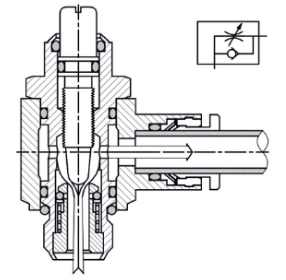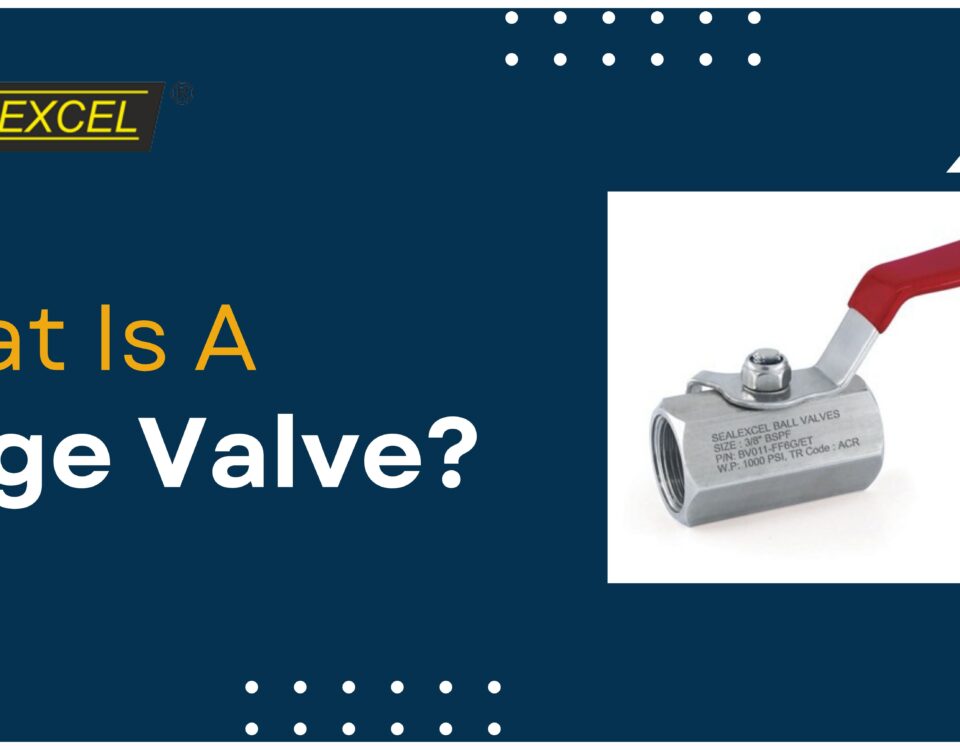Maintaining Valves The Right Way
July 27, 2015A Quick chapter on Hydraulic Compression fitting
October 15, 2015One of the world’s favorite forms of transportation includes pipelines. You might not have noticed this but pipelines transport 
Valves are more like mechanical switches that have the ability to turn pipes on and off or control the amount of product flowing through. As a leading pipe fittings and valve manufacturers, we would like to tell you all that you should know about valves before actually using or purchasing them.
What Is A Valve?
A valve is a mechanical device that is used to block a pipe either 
Valves can be used to regulate gases as well as liquids and they are pretty much guaranteed to be in any machine or mechanism that transports products in these physical states.
How Are They Made?
Valves are typically made from Stainless steel. The external part is called the seat and it often has a plastic or metal casing, so that there is a complete seal. The inner part is called the body and it fits into the seal where the valve is closed. There is also a manual lever or another form of mechanism to control the valve.
According to most valve manufacturers, the most critical aspect of a valve is that when it is switched off, it shouldn’t allow even the smallest amount of gas or liquid to escape. This is the reason why the seal on a valve needs to be closed perfectly, keeping high pressure liquids and gases inside.
Types of Valves
There is a huge variety of valves that come with different mechanisms, each serving a different purpose:
- Butterfly Valve: it is a disc that sits in the middle of a pipe and swivels sideways.
- Cock valve: in this valve, the flow is blocked by a cone shaped plug.
- Gate valve: these valves open and close by lowering metal gates across them. They are mostly used in water supply pipes.
- Ball valves: as the name implicates, ball valves have a metal ball that shifts positions to control flow of liquids.
- Needle valve: this valve uses a long sliding needle to regulate the flow of products like that in car carburetors.
- Spool valve: these valves are generally used to regulate pressure in hydraulic systems.
These are a few basics of valves that you need to know before making your purchases. If you are looking for high quality valve manufacturers, feel free to get in touch and discuss your needs today!



